Everybody knows that design can change the world and how we live. Just remember that every time you wear a face mask as you leave the house; when you fire up a social media app and navigate it with ease; or when you sit in your favorite chair and appreciate how comfortable it is. In the following conversations with individuals and experts in the business of design and experiences, we try to make sense of where we’re headed, talk about what needs to be improved, and discover what inspires the people that inspire us.
- MEL SHAH, VICE PRESIDENT, DMG EVENTS & ORGANIZER OF FIND – DESIGN FAIR ASIA
- HONG KHAI SENG, VICE PRESIDENT, DESIGN BUSINESS CHAMBER SINGAPORE (DBCS) & DIRECTOR, STUDIO DOJO
- HOWARD LO, FOUNDER AND CO-OWNER OF EMPIRE EATS GROUP / OWNER OF TANUKI RAW
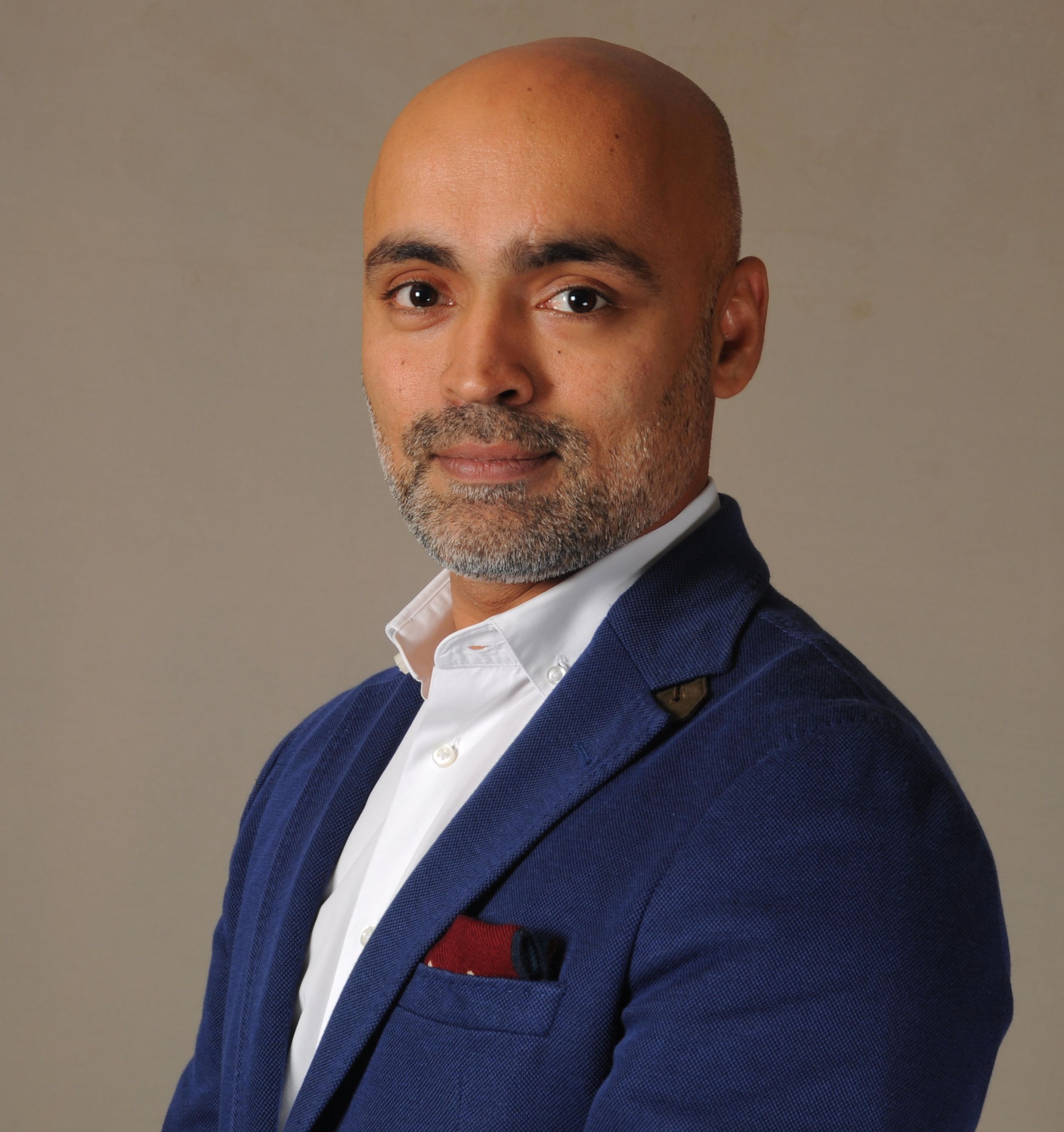 Mel Shah
Mel Shah
I credit my involvement in FIND – Design Fair Asia to… my experience in the events, trade show, and conferences business for over two decades. FIND – Design Fair Asia, which happens on 22-24 September, gives me immense pleasure because design and architecture are close to my heart, and we bring together an exciting exchange of ideas and culture. I find joy in being a conduit, connecting people and ideas to form partnerships that allow us to scale and give FIND its deserved place in the international design fair circuit.
At FIND, you can expect… Fiera Milano and dmg events bringing together the largest collection of furniture, interior and design brands, agencies, country pavilions, designers and creators, galleries, and content from across the globe. Visitors, including architects, interior designers, retailers, agents, and design-inspired consumers, from across Asia are invited to draw inspiration, network, and trade at this 3-day event. The exchange of ideas and trade at this event will raise the profile of exhibitors and bring unique design solutions to Asia, bringing design and architecture in Asia to the next level. We are confident this will bring about even more meaningful partnerships in the near future.
Fiera Milano, the host of Supersalone and Salone Del Mobile, is known for its expertise and relationships and became a natural partner of choice for us in shaping a one-of-a-kind event of global standards.
FIND – Design Fair Asia is also working with DesignSingapore Council. We have a strategic partnership with Singapore Tourism Board to represent its design talent in the context of a trade fair. Our partners have been instrumental in raising the profile of FIND by contributing resources to the show locally, promoting the event globally through its offices overseas and bringing together strategic partners that will make a difference to our show.
.png)
We decided to hold the FIND fair now because… a fair set in a design hub like Singapore will allow for more than 500 international exhibiting brands and over 15,000 physical and virtual attendees to come together for an exchange of ideas and trade. This is the first new international design fair to emerge amidst the pandemic and an important event on the Singapore Design Week calendar.
Visitors in Asia can benefit from viewing collections from across the globe in one venue without having to travel to key design fairs across individual countries, getting access to solutions that will contribute to their business. FIND – Design Fair Asia will also strengthen Singapore’s status as a design hub, creating demand for its design solutions, bringing together diverse talent, as well as raising the profile of its design talent.
The ultimate goal of FIND is… to bring together products, content, and inspirational ideas to captivate the imagination and amp up the desire for good design. We have taken a multiverse approach to bringing FIND together and this approach is one of collaboration and openness, focused on reintroducing East and West after close to three years of absence.
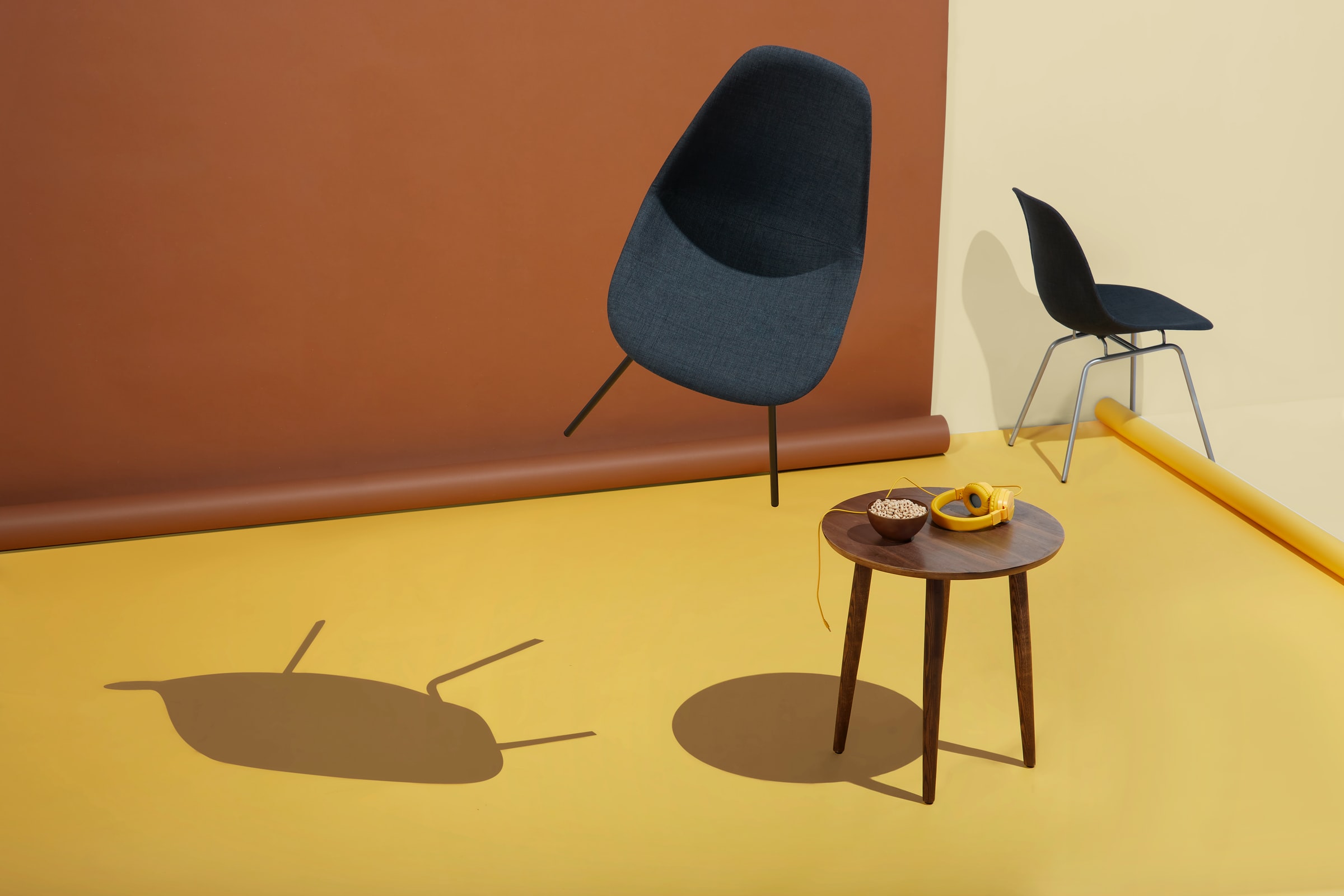


Design, particularly good design, is important because… it is an ambition and a vision that is delivered through careful thought and attention to detail whilst being respectful to society. Good design is much more than just the physical version of a product. It is the movement that this product or solution creates that makes life all that more interesting, thought provoking, and connects societal ambition to a physical reality.
- MEL SHAH, VICE PRESIDENT, DMG EVENTS & ORGANIZER OF FIND – DESIGN FAIR ASIA
- HONG KHAI SENG, VICE PRESIDENT, DESIGN BUSINESS CHAMBER SINGAPORE (DBCS) & DIRECTOR, STUDIO DOJO
- HOWARD LO, FOUNDER AND CO-OWNER OF EMPIRE EATS GROUP / OWNER OF TANUKI RAW
HONG KHAI SENG, Vice President, Design Business Chamber Singapore (DBCS) & Director, Studio Dojo
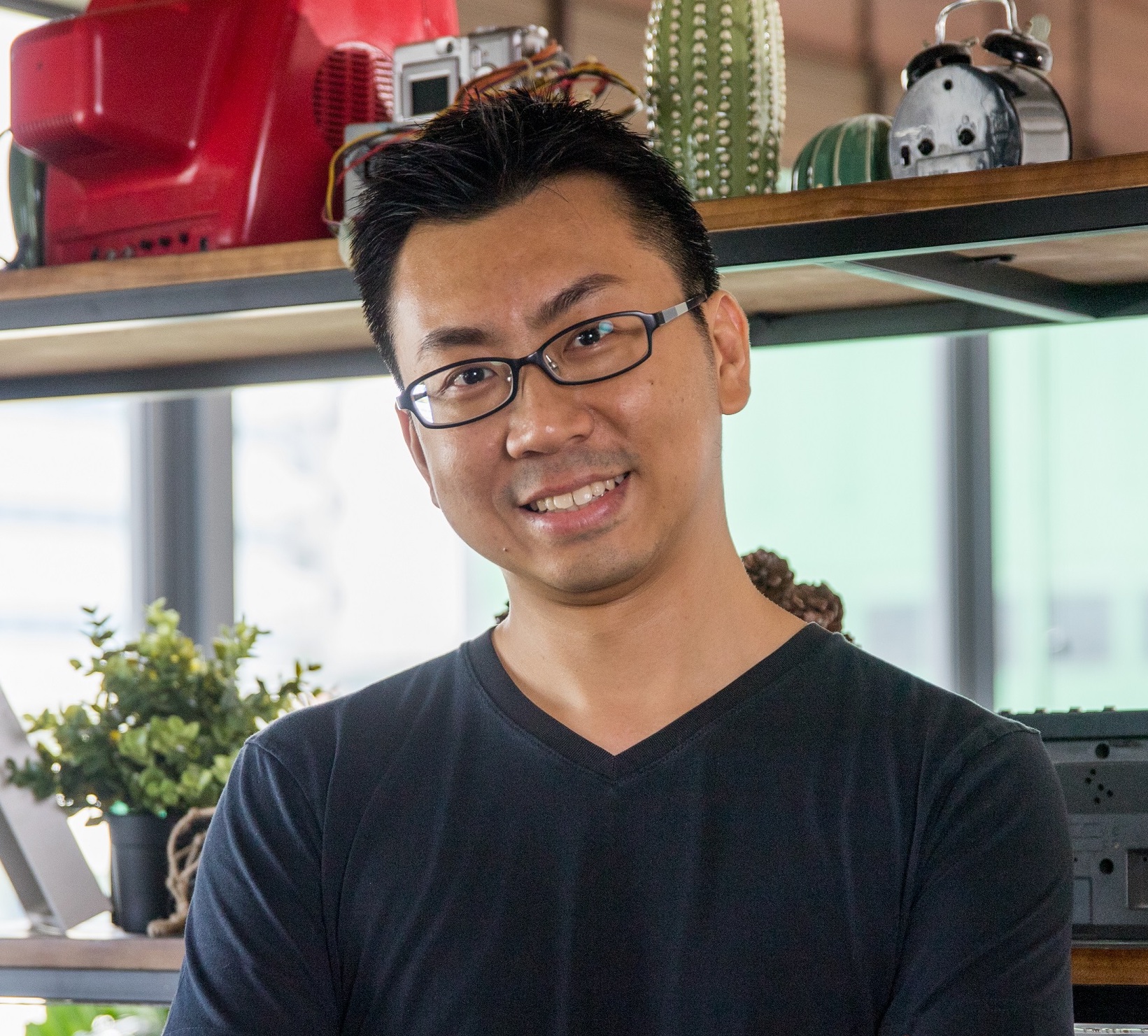
When it comes to design, I am… more comfortable being a quiet observer than a flamboyant design auteur. Back in school, I was worried that I wouldn’t have any employable skills. I thought, “Who would pay someone like me to sit quietly, observing and listening?”
The pivotal realization came when I worked part-time bartending at a recreation club for the foreign navy that docked in Singapore. As a bartender, I didn’t get much tips as the waitresses would be the ones serving customers. One day, I observed someone sitting by the pool, drinking a Guinness Stout. Through my observation skills, I noticed he always came at the same time, sitting in the same chair. The next day, I iced a few cans of Guinness so that it won’t turn warm too fast in the tropical heat, and placed it at his usual seat. When he came by and saw it, he came over and tipped me $50 for each can! That’s when I realized there’s money in the power of observation, understanding people’s behavior, and helping them have a better experience.
In university, I was enrolled in Computer Science. My entry point into design was through a module called Human-Computer Interaction (HCI), which uncovered how IT systems can be so badly designed that you need both training and a thick manual to even know how to use them. Thankfully, those days are mostly gone. Almost every product, app, or website you use today is user friendly. If your product or service is not usable or you are not clear with the pain points you’re trying to solve for your customer, it’s probably not going to make it in the competitive landscape.
I also discovered that design isn’t just about making things look good. It’s about understanding the world of the people you’re designing for. That’s how I found my niche in design research. I am always fascinated with understanding people and how they think and behave, so being able to do that and come up with creative ways to make people’s lives better seemed like a no-brainer to me.
 Singapore Airlines, image courtesy of Singapore Good Design Awards
Singapore Airlines, image courtesy of Singapore Good Design Awards
The people in the design industry I look up to include… Don Norman, who came up with the term “user experience”. I still remember attending a design conference in Shanghai, where he gave a keynote to 1,000 people. He kept everyone engaged all the way through his talk with just a page from a newspaper in hand and no visual slides. He’s someone that thinks deeply, profoundly, and explains with such simplicity.
Locally, it has to be Low Cheaw Hwei, Head of Design, Philips ASEAN Pacific. He has such an abundance of energy, time, warmth, and experience that he so willingly shares to improve the design community in Singapore. Whether it’s giving talks about how his work in Philips changes people’s lives, promoting design research, stewarding a 50-year vision for how design education can transform, or guiding DBCS in his capacity as a Presidential Advisor.
SMS Sim Ann is also another person I admire. As a patron of design and ardent supporter of DBCS, her grasp of design and its key philosophies is very strong. It’s heart-warming to see someone that’s not traditionally associated with design get super nerdy and passionate about the minute details and processes of good (and bad!) design. A big plus I’m learning from her is how to convey all of that with a touch of lightness and humor.
The upcoming Singapore Good Design Awards 2022 is especially exciting for me because… this year’s projects demonstrate how good design can be at the heart of both disruptive and sustained commercial success – in both physical and digital spaces. We are seeing companies benefitting substantially from harnessing stronger design capabilities and opportunities to pursue user-centric design.
Our special category this year is Virtually Unlimited – created in partnership with PIXEL IMDA and in line with Singapore positioning itself for the future to emerge stronger and reconnect with the rest of the world to grow and prosper.
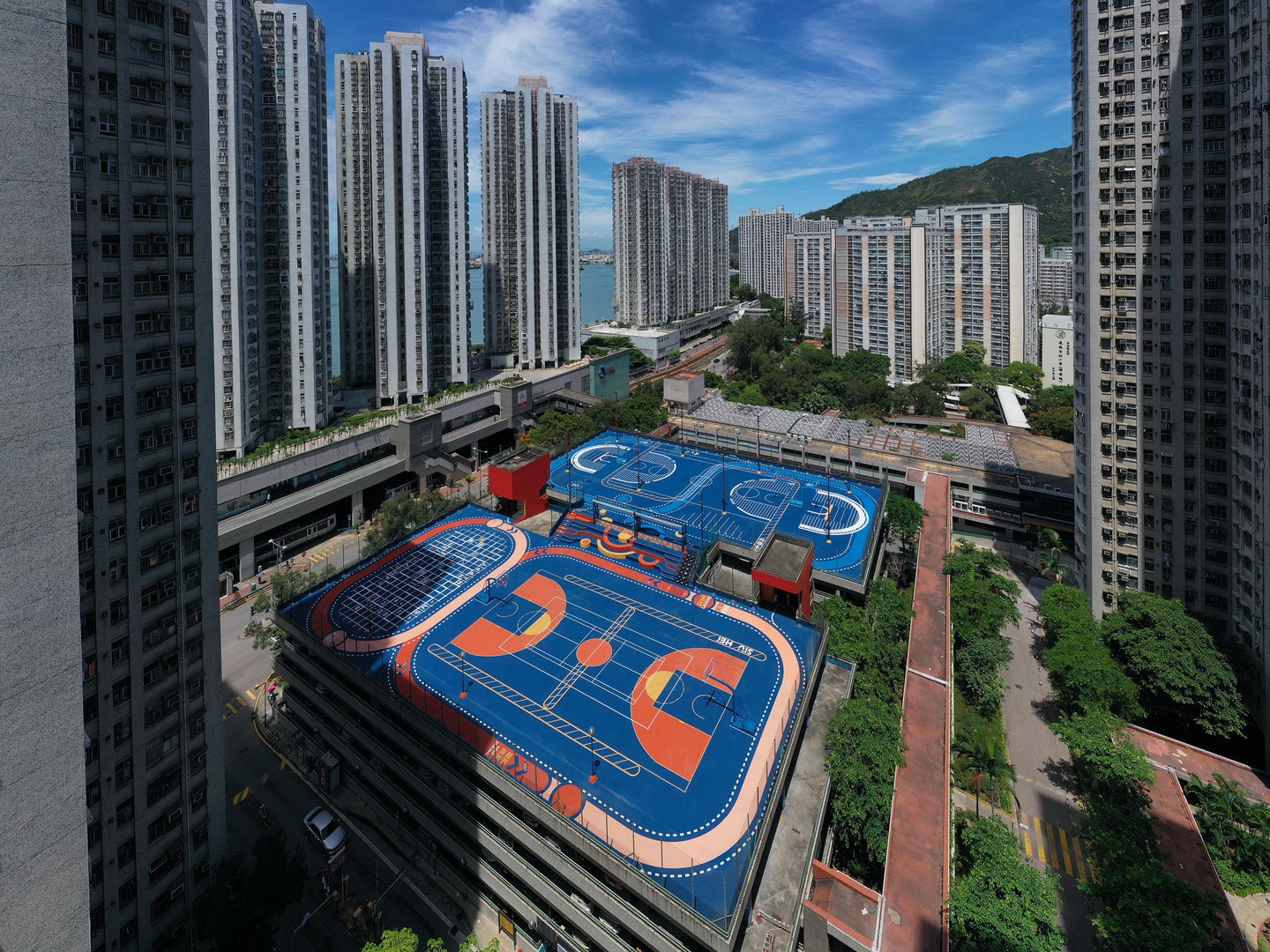


The future of design is… moving from a vertical space with specific verticals like furniture, fashion, and visual communications, benefitting almost all industries horizontally. Banks, hospitals, government agencies, civil society, and many other industries are using design to improve the way they deliver their value and stand out amongst others. Specializations like service design, conversation design, policy design, organization design, and transition design will start to become more mainstream. I believe this trend will solidify further and everyone’s exposure to design will widen and deepen.
When it comes to design/products, I am currently inspired by… the humble Japanese toothpick. It may seem very normal, but it reveals its ingenuity to those who need it. You’ll notice that there are small grooves at the top of the toothpick – those aren’t there for no reason. It allows you to break off the tip to use as a rest for the toothpick. In Japan, people re-use their toothpicks and placing it on the rest instead of the table helps maintain the hygiene and cleanliness standards that they are famous for.
It’s a great example of good design that does not shout out for attention – it just works when you need it to.
- MEL SHAH, VICE PRESIDENT, DMG EVENTS & ORGANIZER OF FIND – DESIGN FAIR ASIA
- HONG KHAI SENG, VICE PRESIDENT, DESIGN BUSINESS CHAMBER SINGAPORE (DBCS) & DIRECTOR, STUDIO DOJO
- HOWARD LO, FOUNDER AND CO-OWNER OF EMPIRE EATS GROUP / OWNER OF TANUKI RAW
HOWARD LO, Founder and co-owner of Empire Eats Group / Owner of Tanuki Raw
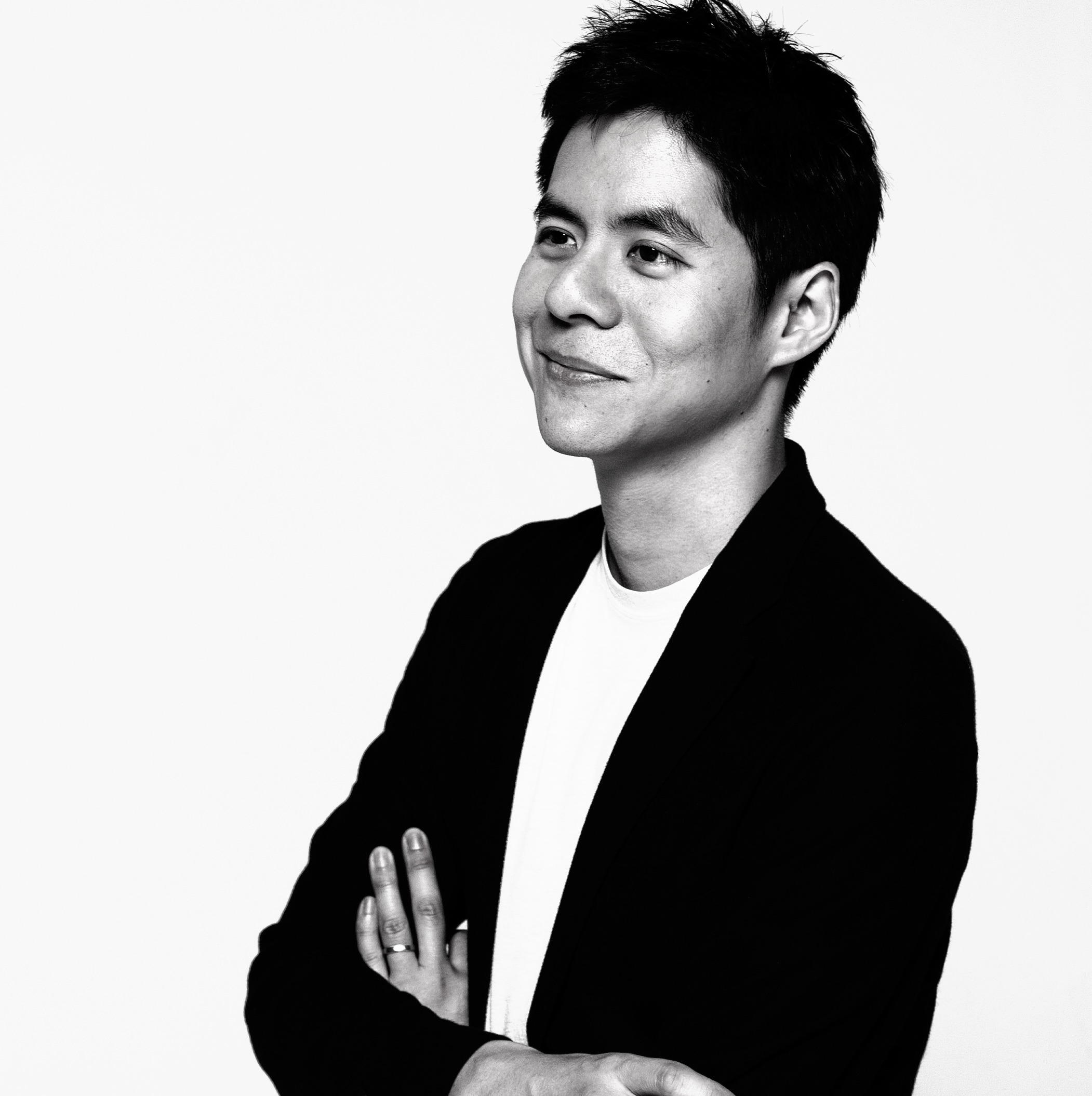
The role design plays in my life as a restaurateur… is credited to the designers I worked with when the group opened concepts that were a little more complex. I’ve come to realize how certain materials convey luxury, while others indicate sterility and cleanliness. Subtle lighting changes or colored sections can help a customer intuitively know what their next step is in a quick-serve outlet, for example. We also put careful thought into curating or designing the first thing in the customer’s sightline when walking into an outlet now that we are conscious of how impactful this can be.
From the time we launched our first Tanuki Raw outlet in 2012, we have made it a point to include our designers from the early stages of a project so they can help flesh out each brand’s identity and story, and how they translate into the physical space and associated collateral. I now constantly work at creating customer experiences that they can hopefully feel a subtle, consistently growing connection with. Good design is the foundation for this.
Several Tanuki Raw outlets are housed within design-centric spaces like the National Design Centre and Grafunkt because… they are brands and concepts that we genuinely liked and it was a conscious decision to open in partnership with them.
Our menus at Tanuki Raw strike a chord with the crowd — which includes those from the design community — that comes to the National Design Centre. In addition, our café-style environment appeals to the students and faculty at the art schools and other academic institutions in the area.
My wife and I are fans of the brands Grafunkt represents. We have purchased furniture from them for our restaurants and our home. Over time, we have gotten to know both co-founders, Jefery Kurniadidjaja and Nathan Yong who are inspiring individuals. When they approached us in 2020 to work on their restaurant space at Funan, I really liked the idea of our restaurant melding into their furniture retail space. Furthermore, the location gives us the opportunity to appeal to theater-goers at Wild Rice Theatre which is just across from us.
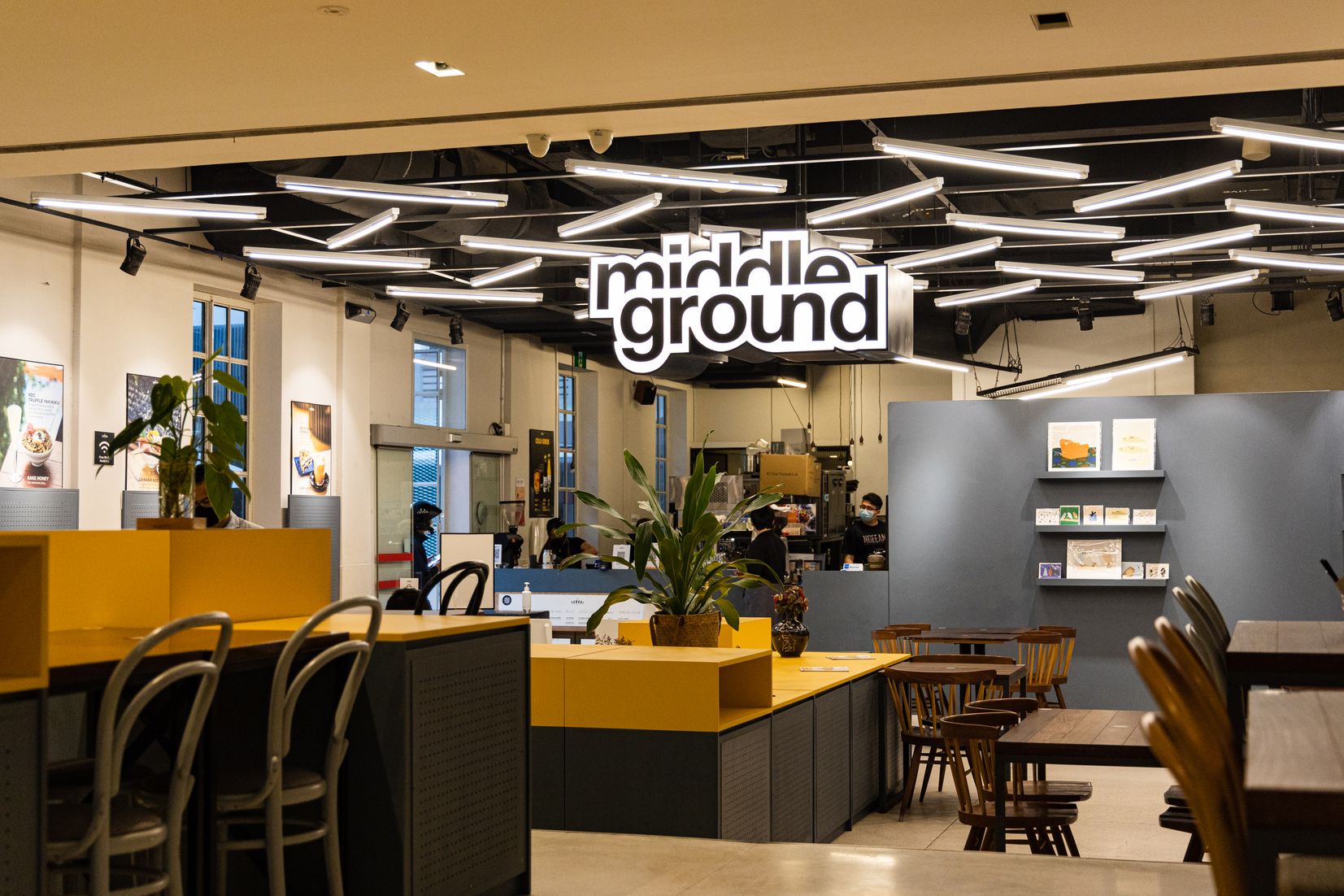 Middle Ground interiors
Middle Ground interiors
The idea behind our latest concept, Middle Ground, is… to bring together shopping with dining. Our location within the National Design Centre naturally attracts folks interested in well-made items. Our retail mix focuses on well-designed personal items that make everyday life a little less mundane. The focus on personal items acknowledges a shift in consumer habits as people spend more time confined to their homes. Our selection offers objects that add fun and pleasure to everyday life. We have curated retail choices that help add pleasantness to the mundane; whether it is a frequent daily activity like charging your phone or picking the mask to wear for the day.
For my own use, I lean towards products like Memobottle (which makes staying hydrated much more attractive), Native Union chargers (a balance of form and function), and Nendo pens (designed to reduce writing stress).
Dining and design are… intertwined and will only become more so. While restaurants are usually defined by the crowd it draws, I’ve noticed that restaurants now frequently define their customers — like a combination of a members’ club and nightclub where the entry fee is the price of a meal.
In a way, customers feel like they are part of a tribe when they have found a restaurant that “speaks” to them through its food and drink, design and ambience, as well as the personalities working there. There are unspoken norms like what items to order, how to greet each other, and excitement with other customers over shared experiences. Over time, each iteration of the restaurant needs to incorporate — be it in terms of design, food and beverage programing, or hospitality — what the tribe is looking for, and convey its set of values and ideas to its tribe.
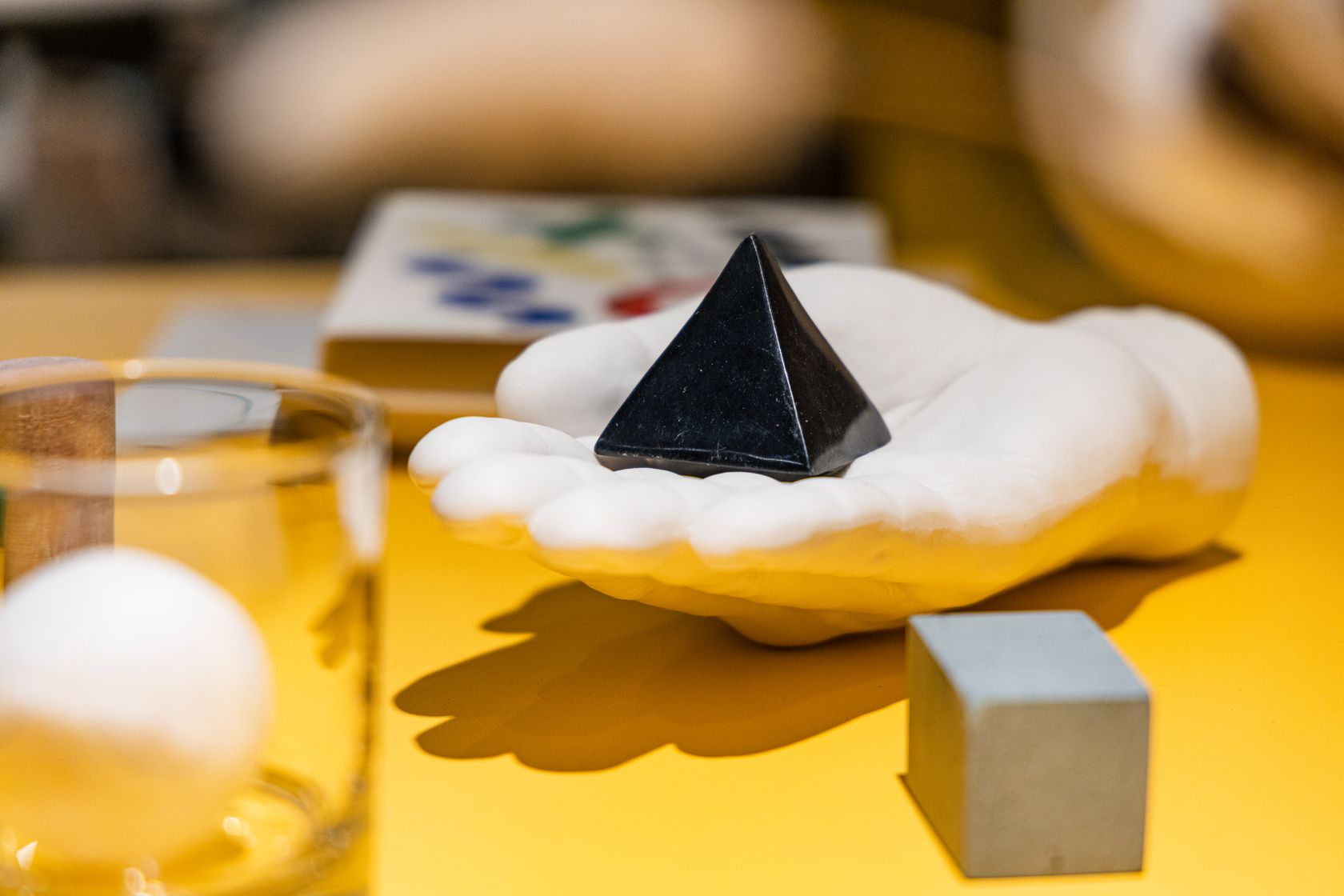


After a decade in Singapore’s dining scene, I am excited by… the need to push forward into new areas. Opening Middle Ground and starting up a retail arm comes with a set of new challenges. However, it also unlocks opportunities and business channels. There are limited places that run both restaurant and retail, so it’s an opportunity to challenge ourselves to think about how we can integrate the two even more, creating a unique experience for customers. The pandemic did push the adoption of technology in the restaurant space forward; customers are much more comfortable using QR codes and apps as part of their restaurant experience. This is the gateway needed to create more digital experiences that can enhance the dining experience.
I’m also looking forward to resuming our plans for expanding overseas. We were in talks for locations in Kuala Lumpur and Jakarta but the pandemic put a halt to that. The most energizing thought is that we may be coming to the final stages of the pandemic. It has been a very hard two years for everybody, and to get back to an environment with few restrictions will be the booster this industry needs.







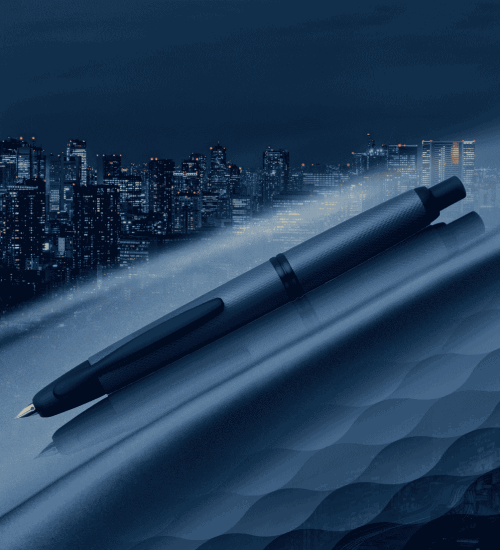

-NAC Facade L2.jpg&w=500&h=550&crop-to-fit)
 Back
Back
